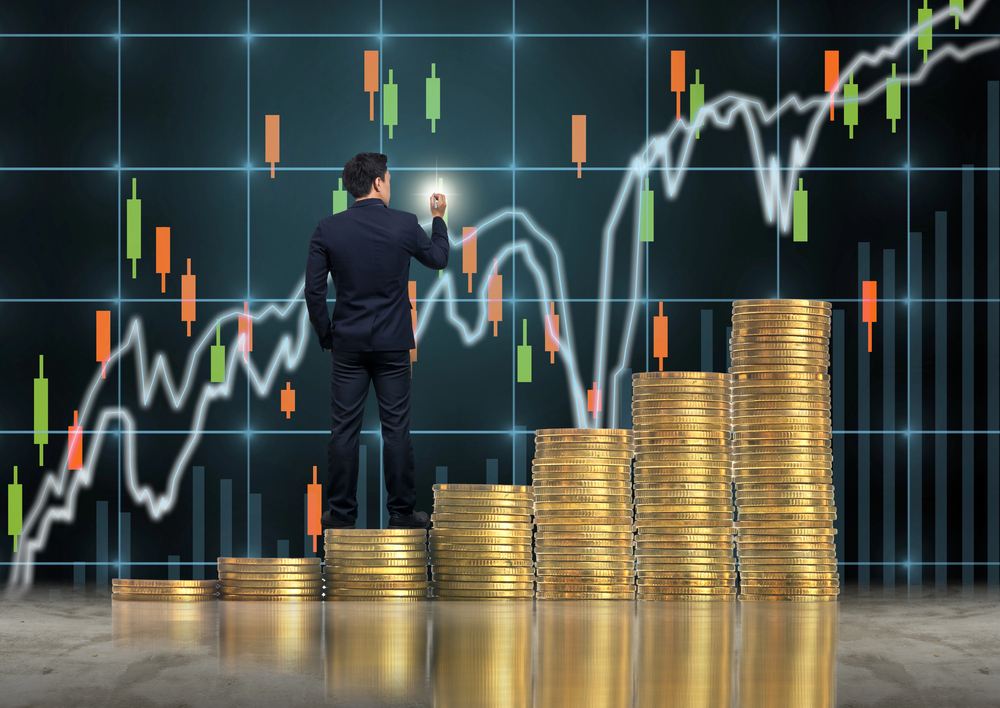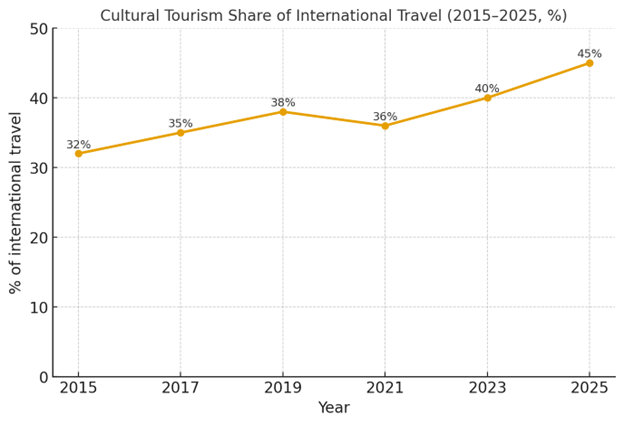Cultural Diplomacy and “Soft Power”
The term soft power, introduced by Joseph Nye, implies the ability of a state to achieve goals through the attractiveness of its culture, values, and ideas, rather than solely by means of economic or military resources. Major events — festivals, concerts, sports championships — have become one of the key channels for implementing this strategy.
When a country organizes a large-scale event, it not only demonstrates its organizational capabilities, but also transmits cultural codes, aesthetic values, and readiness for dialogue. For many states, hosting international events has become part of nation branding.
Historical Examples and Contemporary Practices
In the history of the 20th century, cultural events often served as diplomatic instruments:
- The Olympic Games in Tokyo (1964) symbolized Japan’s postwar recovery.
- The World Expo in Shanghai (2010) became the largest in history, showcasing China’s ambitions as a global center of innovation and culture.
- Film, music, and art festivals in Cannes, Venice, and Berlin not only shaped industry standards but also became platforms for diplomatic interaction.
In the 21st century, this process has intensified. Major sporting tournaments (the Olympic Games, FIFA World Cups), global music festivals (Tomorrowland, Coachella, Ultra Asia), art biennales (Venice, Singapore, Hong Kong), and yacht exhibitions have turned into multi-level platforms — cultural, economic, and diplomatic at the same time.
Economic and Social Impact
International events generate a multiplier effect for the economy: development of tourism, employment, the hotel and restaurant industry, and infrastructure. According to UNWTO (2023), cultural tourism accounts for about 40% of global tourist trips, and in a significant share of these trips, attending events is the central motive.
Example: the London Olympics (2012) brought the British economy more than $13 billion in long-term investments and increased tourist flows by 30%. In Thailand, annual festivals of light and dance attract hundreds of thousands of foreign tourists, creating a sustainable flow of foreign exchange revenue.
Technological Dimension
Today, major events integrate digital innovations: AR/VR, streaming, metaverses, NFT collections, as well as hybrid formats (“offline + online”). This enables millions of people not physically present to take part. For example, the opening ceremony of the Tokyo 2021 Olympics was broadcast live in more than 200 countries, and digital platform views exceeded 3 billion.
The use of technology amplifies the diplomatic effect: cultural images are transmitted globally and become part of the media field, shaping the positive perception of the host country.
Events as Platforms for Dialogue
Major events in cultural diplomacy become spaces for intercultural and business communication. International conferences, negotiations, and B2B meetings take place on the sidelines of festivals and exhibitions. For example, the Cannes Film Festival is not only cinema, but also a market where multimillion-dollar deals are concluded. Yacht shows held in Bangkok and Phuket combine cultural programs, business forums, and international technology exhibitions.
Thus, major events become “points of intersection of interests,” where culture acts as a catalyst for economic and diplomatic processes.
Challenges and Constraints
Despite obvious advantages, organizing large-scale events comes with a number of challenges:
-
Political Risks:
Boycotts and diplomatic conflicts can weaken the effect.
-
Economic Costs:
Building infrastructure requires multibillion-dollar investments, not always recouped.
-
Sustainability:
Environmental and social consequences require attention (e.g., the carbon footprint of the Olympics).
-
Cybersecurity:
Digitalization increases risks of cyberattacks on infrastructure and broadcasts.
However, competent planning and integration of the ESG agenda (sustainability, inclusion, responsibility) help minimize risks and increase the value of projects.
Figure 1 — Cultural Tourism Share of International Travel (2015–2025, %)
- 2015 — 32 %
- 2017 — 35 %
- 2019 — 38 %
- 2021 — 36 % (because of pandemic)
- 2023 — 40 %
- 2025— 45 %
(according to UNWTO, cultural tourism consistently accounts for one-third to one-half of international trips, and major events are among the main drivers of growth)
Conclusion
Major events in cultural diplomacy and international cooperation are becoming a key instrument. They shape the positive image of countries, stimulate tourism and the economy, and create platforms for political and business dialogue. In the context of globalization and digitalization, the importance of such events is only increasing.
The future of cultural diplomacy is largely connected with the ability of countries to organize events that combine technology, art, and business. Those states and companies that can integrate innovations and sustainable practices into their events will take leading positions in the global system of cultural influence.
Sources
- Cultural Tourism and Event-driven Travel Trends. 2023.
- The Impact of Major Events on Local Economies. 2022.
- Sports and Entertainment Outlook. 2024.
- Global Trends in Event Industry. 2023.
- Joseph Nye. Soft Power: The Means to Success in World Politics.
Find a Home-Based Business to Start-Up >>> Hundreds of Business Listings.















































